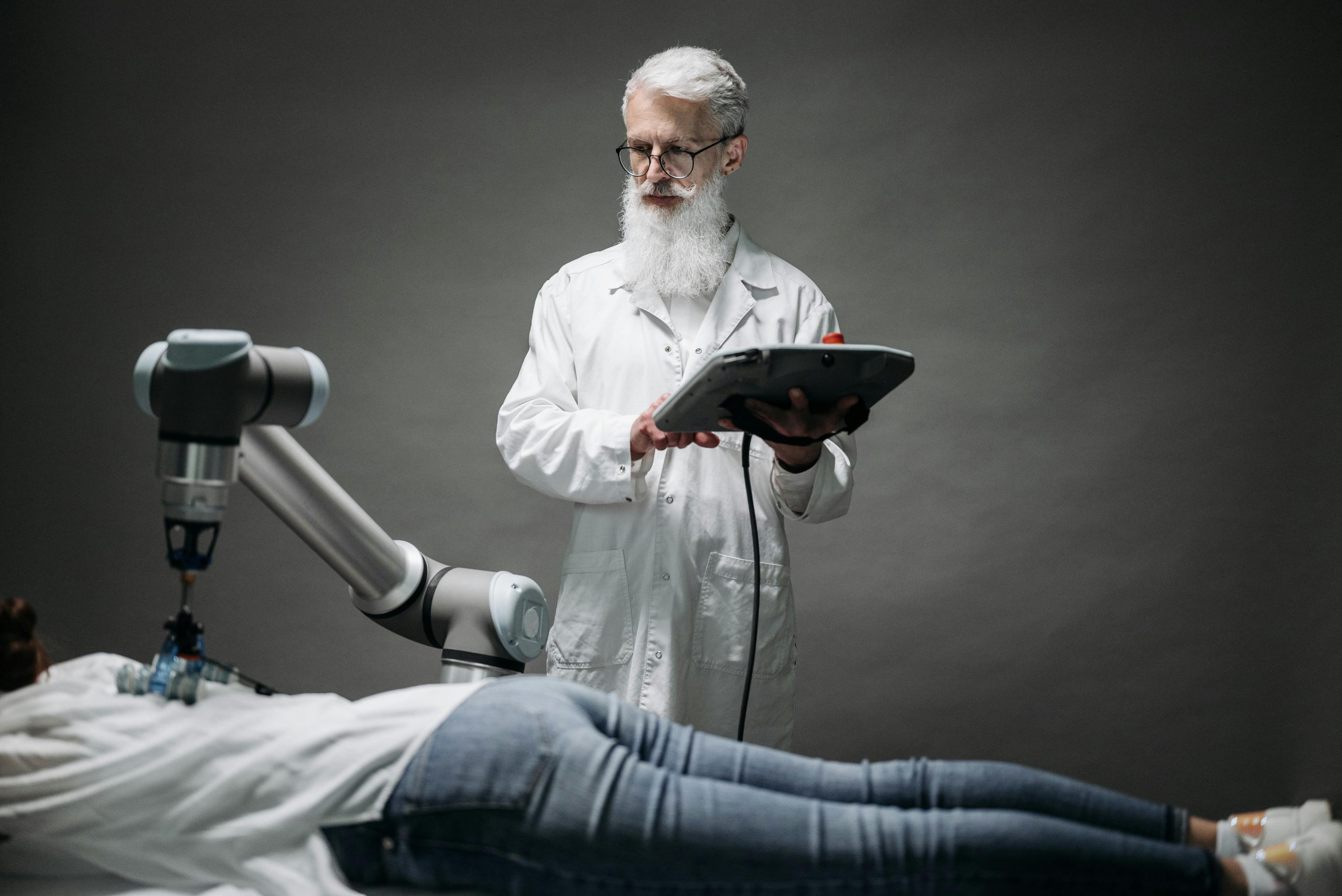Diagnostic errors in healthcare have long been a critical challenge, contributing to delayed treatments, increased costs, and, in some cases, preventable patient harm. Studies suggest that diagnostic mistakes affect an estimated 12 million adults annually in the U.S. alone, with severe consequences for patient outcomes. However, the rise of artificial intelligence (AI) is transforming the medical landscape by enhancing diagnostic accuracy, reducing human error, and improving efficiency. AI-powered tools analyze vast datasets, recognize patterns, and provide decision support, enabling healthcare professionals to make more precise and timely diagnoses. This article explores how AI is revolutionizing diagnostics and paving the way for better patient care.
The Growing Problem of Diagnostic Errors
Diagnostic errors occur when a healthcare provider fails to accurately identify a patient’s condition, leading to incorrect or delayed treatment. These errors can stem from various factors, including:
- Cognitive biases: Clinicians may overlook critical symptoms due to anchoring bias (focusing on initial impressions) or availability bias (relying on recent cases).
- Information overload: With the increasing complexity of medical data, doctors often struggle to process and interpret all available patient information.
- Limited time: Heavy workloads and time constraints can lead to rushed assessments, increasing the likelihood of oversight.
AI addresses these challenges by providing data-driven insights, reducing reliance on human intuition alone, and minimizing preventable mistakes.
How AI Enhances Diagnostic Accuracy
AI leverages machine learning (ML) and deep learning algorithms to analyze medical data with unprecedented speed and precision. Here’s how it improves diagnostic processes:
1. Advanced Imaging Analysis
AI-powered imaging tools, such as those used in radiology and pathology, can detect abnormalities in X-rays, MRIs, and CT scans with remarkable accuracy. For example:
- Google’s DeepMind has demonstrated AI models that outperform radiologists in detecting breast cancer from mammograms.
- IBM Watson assists in identifying early-stage tumors that might be missed by the human eye.
These tools serve as a second pair of eyes, reducing false negatives and positives.
2. Predictive Analytics for Early Detection
AI algorithms analyze electronic health records (EHRs) and patient histories to predict disease risks before symptoms manifest. For instance:
- AI can flag patients at high risk of sepsis or heart failure based on subtle trends in vital signs.
- Machine learning models help identify early signs of diabetic retinopathy, preventing vision loss through timely intervention.
By catching diseases earlier, AI enables proactive treatment and better outcomes.
3. Decision Support Systems
AI-driven clinical decision support (CDS) tools assist physicians by:
- Cross-referencing patient symptoms with vast medical databases to suggest possible diagnoses.
- Providing real-time alerts for drug interactions or contraindications.
These systems reduce diagnostic uncertainty and enhance evidence-based decision-making.
Real-World Success Stories
Several healthcare institutions have already integrated AI to minimize diagnostic errors:
- Mayo Clinic uses AI to analyze echocardiograms, improving the detection of heart disease with 90% accuracy.
- Stanford University developed an AI model that diagnoses pneumonia from chest X-rays faster and more accurately than human radiologists.
- Massachusetts General Hospital employs AI to identify stroke patients in emergency settings, reducing treatment delays.
These examples highlight AI’s potential to save lives by reducing diagnostic delays and errors.
Challenges and Ethical Considerations
While AI offers immense benefits, its adoption in healthcare comes with challenges:
- Data privacy: AI systems require vast amounts of patient data, raising concerns about security and confidentiality.
- Algorithm bias: If trained on non-diverse datasets, AI may produce skewed results, disproportionately affecting underrepresented groups.
- Regulatory hurdles: Ensuring AI tools meet clinical standards requires rigorous testing and FDA approvals.
Addressing these issues is crucial to building trust and maximizing AI’s potential in diagnostics.
Conclusion
Artificial intelligence is reshaping healthcare by significantly reducing diagnostic errors, improving accuracy, and enhancing patient outcomes. From advanced imaging analysis to predictive analytics and decision support, AI empowers clinicians with tools that complement their expertise. While challenges remain, the continued integration of AI promises a future where misdiagnoses are rare, treatments are timely, and patient care is more precise than ever. As technology evolves, healthcare providers must embrace AI responsibly, ensuring it serves as a force for good in the quest for better diagnostics and healthier lives.
